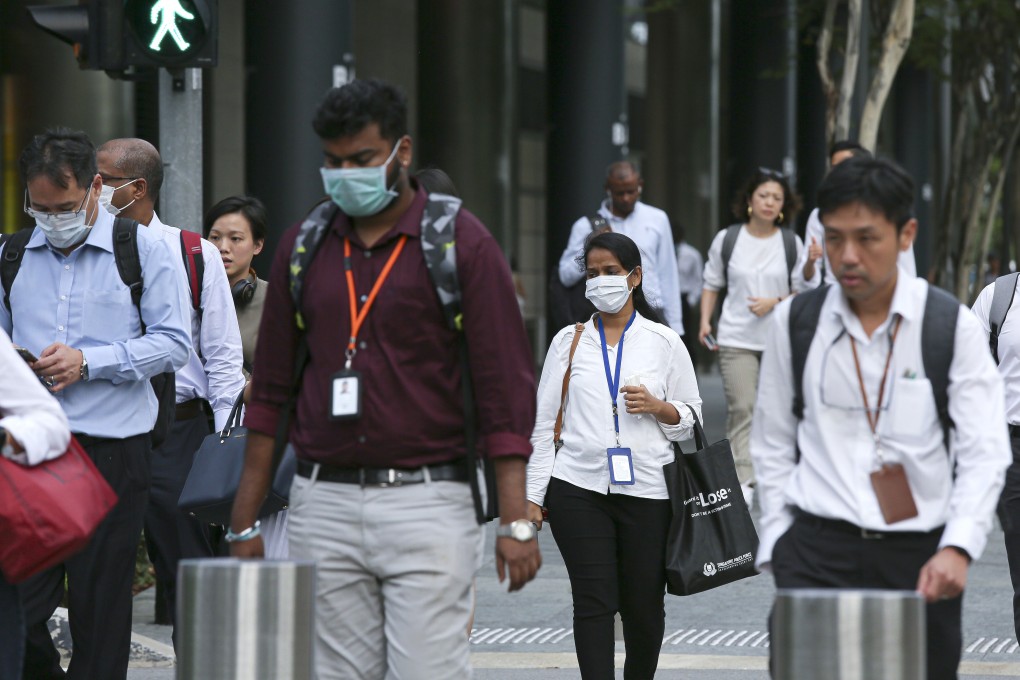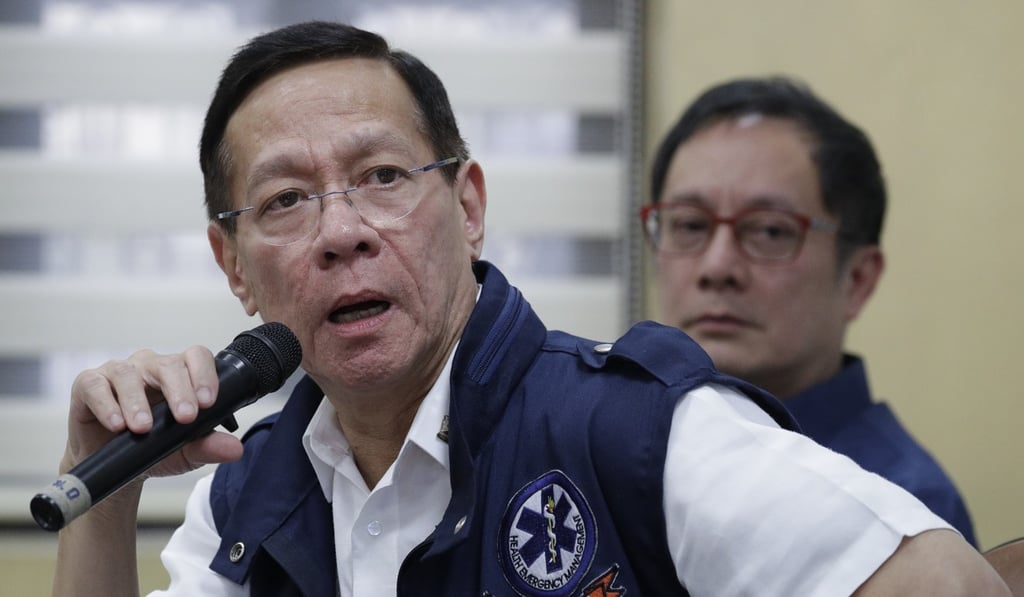Coronavirus: will Singapore be next on Philippines’ travel ban list?
- Mainland China, Hong Kong and Macau are already subject to the ban, which heavily restricts two-way travel
- A risk assessment will be carried out to determine whether Singapore is included, the health ministry said, though the foreign secretary’s opposed

The order also bars Filipinos, except those with dual nationality, from travelling to the affected areas.
On Friday, Philippine Health Secretary Francisco Duque III told local media that a risk assessment he expected to be based on “independent” and “objective” criteria was being carried out to decide whether to include Singapore in the ban – and possibly exclude Hong Kong.
Reports on Friday indicated the Philippines would remove the ban on visitors from Taiwan, according to comments by a senior Philippine official and Taiwan’s official news agency.
The Philippine official said the decision had been made but declined to be named until the agreement was signed. Taiwan’s Central News Agency cited an unnamed source in the Philippines as saying the ban would be lifted.
